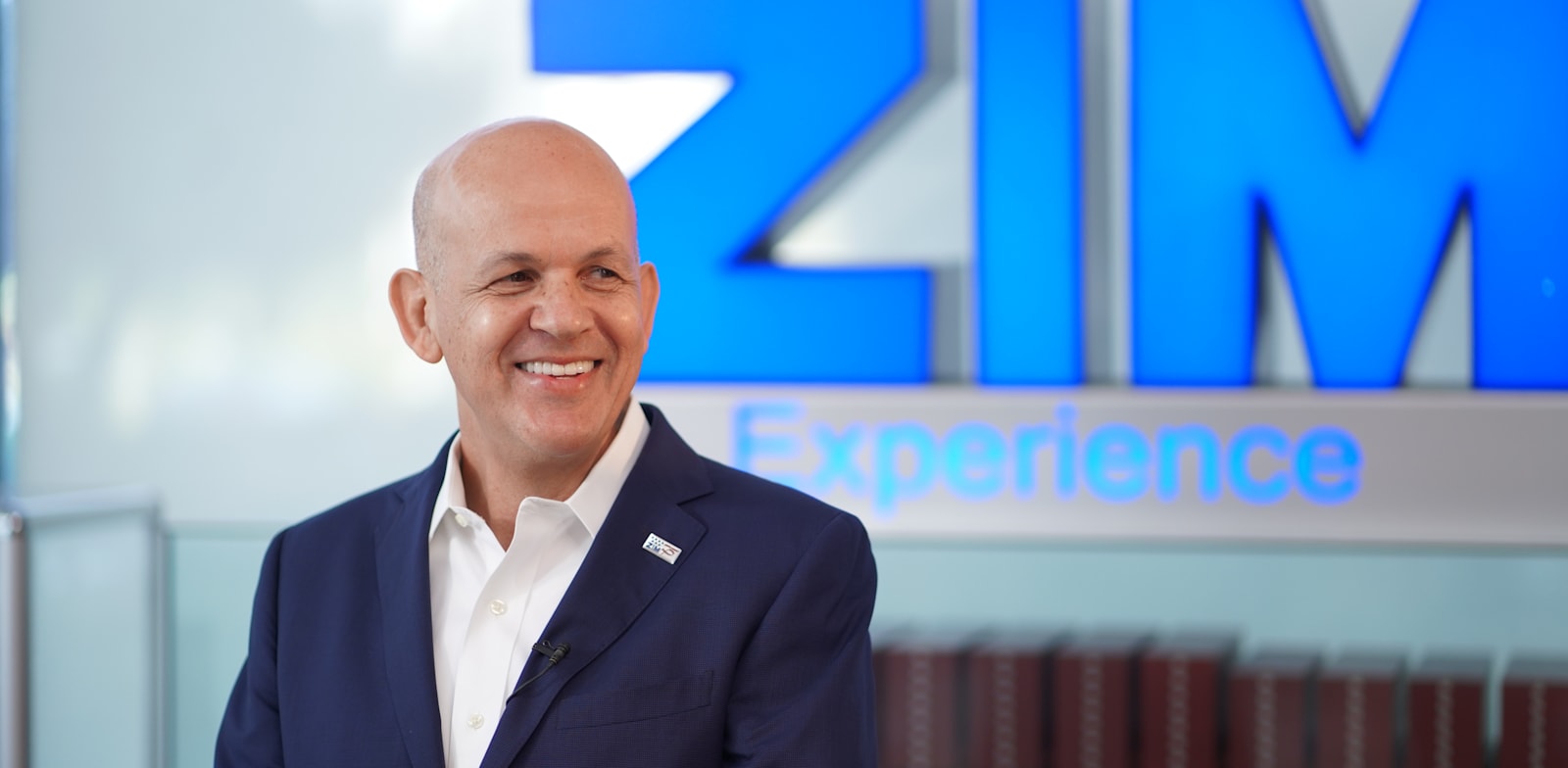Herniated disks account for approximately four percent of cases of back pain. A herniated disk (or “bulging” disk) is a condition which may cause severe back pain and develop into a disability. If you are suffering from the effects of a herniated disk you may qualify for disability benefits.

If you are suffering from the effects of a herniated disc and have been denied disability don’t give up, almost 70% are denied initially! Just call 512-454-4000 for a free, no obligation consultation to learn what your options are.
Disks are structures in between the vertebrae which cushion and enable the spine to move and bend over.
Disks are made of a soft, jelly-like center called the nucleus and a rubbery exterior called the annulus. When a herniated disk occurs, the nucleus pushes through a tear in the annulus, irritating nerves in the spine and causing pain, numbness, and weakness in the arms or legs. Most herniated disks occur in the lower back, but can be located in any part of the spine or the neck.
Symptoms depend on where the herniated disk is located and if the disk presses on a nerve.
If a herniated disk is located in the lower back, there is sharp, burning pain in the arms or legs; if a herniated disk occurs in the neck, pain will occur in an arm and shoulder. Often a herniated disk will affect only one side of the body.
Other symptoms include:
Muscle weakness
Numbness and tingling
Loss of balance or coordination.
Difficulty using the hands or arms for fine motor skills.
Discomfort and pain that is worse when the person is active and subsides during rest.
Though many people do not experience any symptoms, others can develop serious complications such as severe pain or weakness that interferes with daily activities, bladder or bowel dysfunction, or saddle anesthesia (the loss of sensation in the inner thighs, back of legs and area around the rectum).
While herniated disks are most often the result of age-related wear and tear on the body, they can also be caused by strenuous physical activity such as lifting a heaving object incorrectly.
Herniated disks are rarely caused by a traumatic injury, such as a fall or blow to the back, but a sudden strain or twisting motion can be responsible. People at risk for herniated disks include individuals who are overweight, working in jobs that are physically demanding and require heavy lifting, bending, pulling, and pushing, and people with a family history of back problems. Smoking is also a risk factor as it reduces the oxygen supply to disks causing them to break down.
If you are suffering from the effects of a herniated disk and have been denied disability don’t give up, almost 70% are denied initially! Just call 512-454-4000 for a free, no obligation consultation to learn what your options are. Have some questions? just give us a call, we love to help folks just like you!
Diagnosis of a herniated disk begins with an exam to check the patient’s reflexes, sensations, muscle strength and walking ability.
A variety of tests are used to pinpoint the source of pain including x-rays, MRIs, CT scans, myelograms (that inject dye into the spinal fluid and then x-rayed to locate pressure on the spinal cord) and nerve conduction tests to identify which nerves are damaged or compressed. Surgery is not usually necessary, but if previous treatment is not successful and symptoms become worse, it may be advised.
Can I qualify for Social Security Disability benefits if I have a herniated disk?
People with a herniated disc can suffer from chronic pain in the back and hips and experience muscle weakness, numbness, tingling and loss of reflexes.
These symptoms may become debilitating and impact a person’s work life, but applying for Social Security Disability income with a diagnosis of herniated disk can be very challenging. Social Security has created a manual called the Blue Book which lists impairments Social Security considers disabling and may automatically qualify for benefits. Your medical condition must be so severe it meets the criteria of an impairment listed by Social Security, or because of your functional limitations, age, education and job skills, you can no longer do any job.Herniated disk does not have a specific listing in the Blue Book, but you may be eligible for SSDI if your symptoms match a listing, such as Section 1.15 Disorders of the skeletal spine resulting in compression of a nerve root.
To qualify as disabled under 1.15, you must provide medical evidence showing limited range of motion, a decrease in reflexes or sensation, and muscle weakness; specifically, all of the following:
Evidence that you experience radiating pain, tingling, or muscle fatigue consistent with nerve root compression
Results of a diagnostic or clinical exam showing a radiating pattern of all of the following:
muscle weakness
nerve root irritation, tension, or compression, and
decreased sensation, sensory nerve deficit on electrodiagnostic testing, or decreased deep tendon reflexes.
X-ray, MRI, or other imaging showing compromise of a nerve root, and
Medical documentation of a physical limitation and proof of the following:
X-ray, MRI, or other imaging showing compromise of a nerve root, and
Medical documentation of a physical limitation and proof of the following:
you need a walker, bilateral canes or crutches, or a wheelchair or scooter that requires both hands
you are unable to use one hand due to nerve root compression, and you need the other hand to operate a one-handed wheelchair, cane, crutch, or other device, or
you are unable to use either hand to do work due to nerve root compression.
Social Security will expect to see your complete, up-to-date medical records, including:
Results from a physical exam;
Results of clinical tests for reflexes, muscle strength and sensations;
Imaging such as MRIs, x-rays and CT scans;
Medications you are taking and your response;
Treatments you are taking and your response;
Doctors’ notes regarding your limitations and expected progress.
You need to show that you are receiving regular medical treatment and following your doctor’s instructions because Social Security gives a lot of weight to doctors’ opinions.
A written statement from your doctor regarding your diagnosis and outlook for your recovery is extremely helpful.
If you cannot meet Social Security’s listing requirements for nerve root compression or another listing, you may qualify if your functional limitations prevent you from doing your job; or any job.
A herniated disk can affect your ability to do physical or sedentary work. You may be unable to stand or walk for more than two hours a day or need to elevate your legs or lie down to reduce pain. You may have difficulty using your hands or fingers, have to take frequent breaks or have poor concentration and focus due to medications. Social Security will conduct a Residual Functional Capacity (RFC) assessment to evaluate your physical and mental capabilities to determine if there is any job you can do, taking into consideration your age, education and whether or not you can drive. If Social Security decides you cannot do your old job or any other job given your limitations, you may be approved for a Medical-Vocational Allowance.
If you are 55 or older or have another medical condition you may get approval.
Social Security follows a set of rules to determine when the agency expects an applicant to learn a new job.
Applicants who are 55 or older often fall under a grid rule, which means they are not expected to learn a new job. As an example, if you are 55 or older and have no transferable job skills, you might be found disabled. If you can’t go back to your old job, and you don’t have the skills to learn a new one, Social Security will likely grant you disability benefits.
You might also be eligible for Social Security Disability benefits if you have another medical condition; for example, high blood pressure or asthma, so be sure to include all your medical conditions on your application.
One disorder alone may not meet the criteria of an impairment as stated in Social Security’s Blue Book, but if you have more than one medical condition, Social Security must consider how those health issues combined limit your ability to hold a job and perform necessary daily tasks.
Social Security also has basic financial requirements.
Before you are eligible for Social Security disability benefits, you must satisfy some basic financial requirements.
You must: 1) have a disability that has lasted or is expected to last 12 months; and 2) you must have worked in a job where you paid Social Security taxes long enough and recently enough; and 3) you must not earn more than Substantial Gainful Activity (SGA), which is $1,470 per month in 2023 for nonblind applicants and $2,460 per month for blind applicants.
What if I don’t qualify for SSDI?
If you haven’t worked long enough to earn enough work credits, or if you earn too much income, you may be eligible for disability benefits through another Social Security program, such as Supplemental Security Income (SSI), or from a long-term disability insurance plan through your employer or a privately purchased policy.
SSI is a program that pays monthly benefits to people with limited income and resources who are disabled, blind, or age 65 or older. SSI is based on income instead of work credits, and is financed by general funds of the U.S. Treasury.
I have long-term disability insurance – should I file a claim?
Yes, as soon as you become disabled, you should file a claim.
Long-term disability insurance (LTD) protects your income if you are unable to work due to illness or injury and is purchased as part of a group employment plan or privately through an insurance company. Policies pay between 50-60% of your salary and benefits continue until you return to work or for the number of years stated in the policy. However, LTD coverage is good only as long as you are employed, so do not quit your job before you file a claim, and be sure to check your policy’s definition of “disabled” as each policy will state the definition of “disabled” which is in use. Additionally, be aware that long-term disability insurance companies can require a claimant to also apply for SSDI.

How do I file for Social Security Disability benefits?
You can apply for Social Security Disability benefits online, over the phone, or in person at your local Social Security Administration office.
Don’t be discouraged if your initial application is denied; 65% of initial applications are denied and you will have the opportunity to appeal. There are four steps to the Social Security appeal process:
File a Request for Reconsideration with the Social Security Administration to completely review the case.
If you don’t agree with SSA’s response to your Request for Reconsideration, you can request a hearing before an Administrative Law Judge (ALJ). ALJs are attorneys who work for the Social Security Administration; they review SSDI and SSI cases and either uphold or overturn decisions to deny SSDI or SSI benefits. If you are not represented by an attorney at this point, now is the time to obtain legal counsel. This is a critical point in the process and will raise your chance for success.
If an ALJ does not grant your claim, you can request that the Appeals Council review your case.
Federal Court review. The final step in the appeal process is filing suit in U.S. District Court.
Do I need a disability attorney for SSDI or SSI?
If you have a herniated disk and cannot work, you may be eligible for Social Security Disability benefits, but qualifying is complicated and applying for SSDI or SSI is a long process that can take several months to years.
In April 2021, the Social Security Administration made changes to its musculoskeletal listing (Section 1.00), making it more difficult for claimants to gain approval under some of those listings. Only 10% of applicants are approved through musculoskeletal listings, but your chances for approval are increased significantly if you have legal representation. At each potential stage of the process, from the initial application stage, the reconsideration stage and the ALJ hearing stage, an attorney can assist you in completing the detailed forms and questionnaires required by Social Security, collecting and submitting relevant medical evidence, and preparing questionnaires for your doctors. At the ALJ hearing phase an attorney will not only continue to assure that the evidence is complete, but prepare you for questioning by the ALJ, prepare an argument on your behalf and question any doctors or vocational experts selected by the ALJ to testify at the hearing. At the Appeals Council and federal court level, a lawyer can present legal arguments to show your case was wrongfully denied. Fees charged by disability attorneys are regulated by federal law and are usually 25% of disability backpay you are owed. There are no out-of-pocket costs, and if you don’t win your case, you won’t be charged anything.
Do I need a disability attorney for a long-term disability insurance claim?
Whether you have a long-term disability insurance policy purchased through a private insurance broker or a group policy purchased with your employer, filing a claim for long-term insurance is a complex process.
The wording of LTD policies can be confusing and the laws and regulations which affect the two types of LTD insurance differ in their procedures for filing claims and appeals. An experienced LTD attorney with thorough knowledge of ERISA laws and regulations will avoid mistakes and increase your chance of success. An attorney will act on your behalf, completing your application and filing your claim in a timely manner. They can also negotiate a settlement or file an appeal for you. If it becomes necessary to file suit, an LTD attorney can prepare your case against an insurer. Most LTD attorneys handle cases on a contingency basis and charge approximately 25%-40% of a claimant’s past due benefits. You do not pay an attorney’s fee unless the attorney wins your case.
























